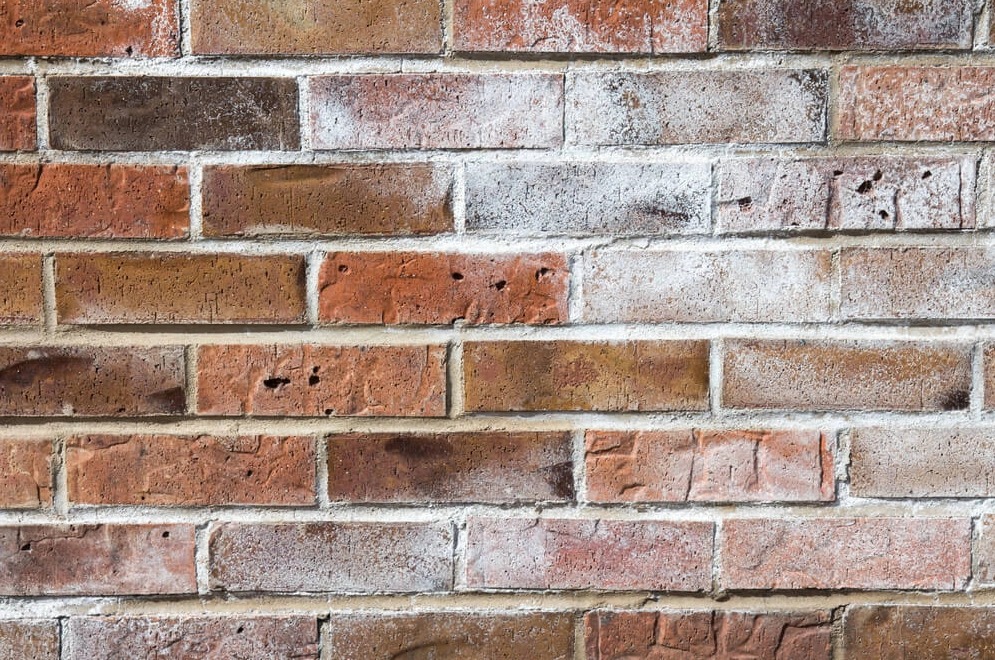Efflorescence in Masonry
If you’ve ever noticed a white, powdery residue forming on your concrete bricks or masonry walls, you’ve likely encountered efflorescence. While it might look concerning, it’s a common and manageable issue. Here’s what you need to know about what causes it, why it matters, and how to prevent it.

What Causes Efflorescence?
Efflorescence occurs when water-soluble salts within building materials, like cement, mortar, or even groundwater, are drawn to the surface by moisture. As water moves through the masonry and evaporates at the surface, it leaves these salts behind as a white deposit. It’s especially common in environments with high humidity, heavy rainfall, or poor drainage.
Is It a Structural Concern?
Efflorescence itself doesn’t damage the structure. However, it often signals that moisture is entering the masonry, which can lead to more serious problems over time, such as cracking, spalling, or water ingress. It might also indicate leaks or insufficient waterproofing that should be addressed to protect the building's integrity.
How to Remove Efflorescence
Start by cleaning the affected surface using a mild cleaning solution or a commercial efflorescence remover. Follow the product instructions carefully, and always wear protective gear during the process. Once cleaned, make sure the surface dries thoroughly before taking any further steps.
How to Prevent It
To keep efflorescence from coming back, the source of moisture must be addressed. This could include improving drainage, sealing leaks, applying water-repellent coatings, or ensuring proper waterproofing during construction. It also helps to use low-alkali cement and properly cured concrete to reduce the presence of soluble salts in the first place.
Ongoing Maintenance Matters
Regular inspections and proactive maintenance are key. Using high-quality materials and following good construction practices go a long way toward preventing moisture issues, and by extension, efflorescence.
In Summary
Efflorescence is a visible sign of moisture movement through masonry, leaving salt deposits on the surface. While not structurally dangerous, it’s a red flag that shouldn’t be ignored. Clean it up, fix the underlying moisture problem, and take preventive steps to avoid its return. With the right care, your masonry can stay clean and sound for years to come.
Last updated
Was this helpful?

